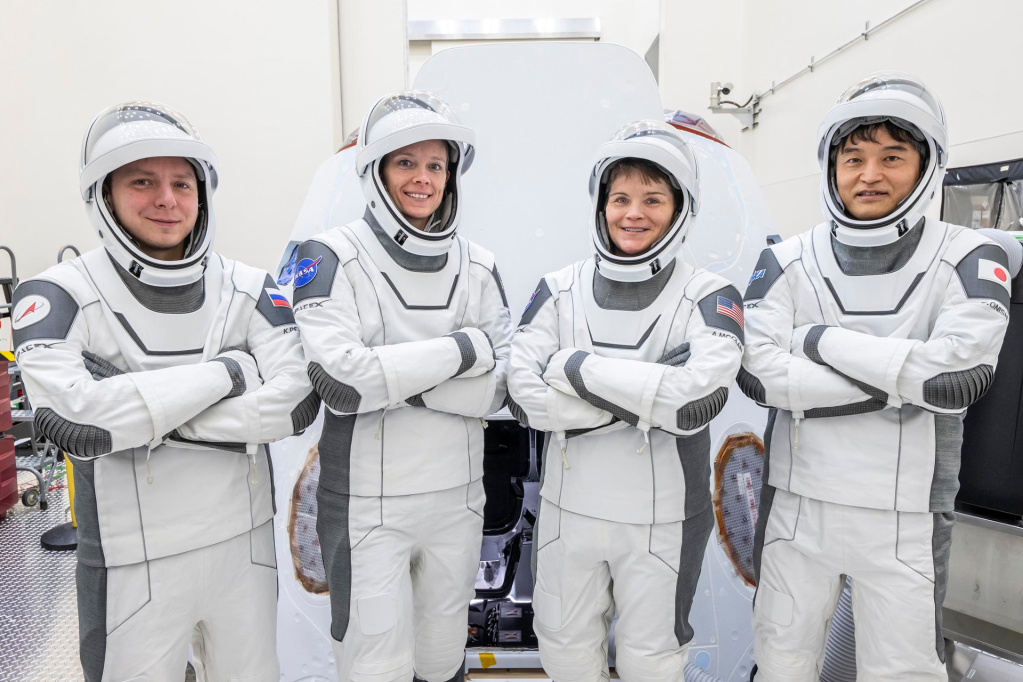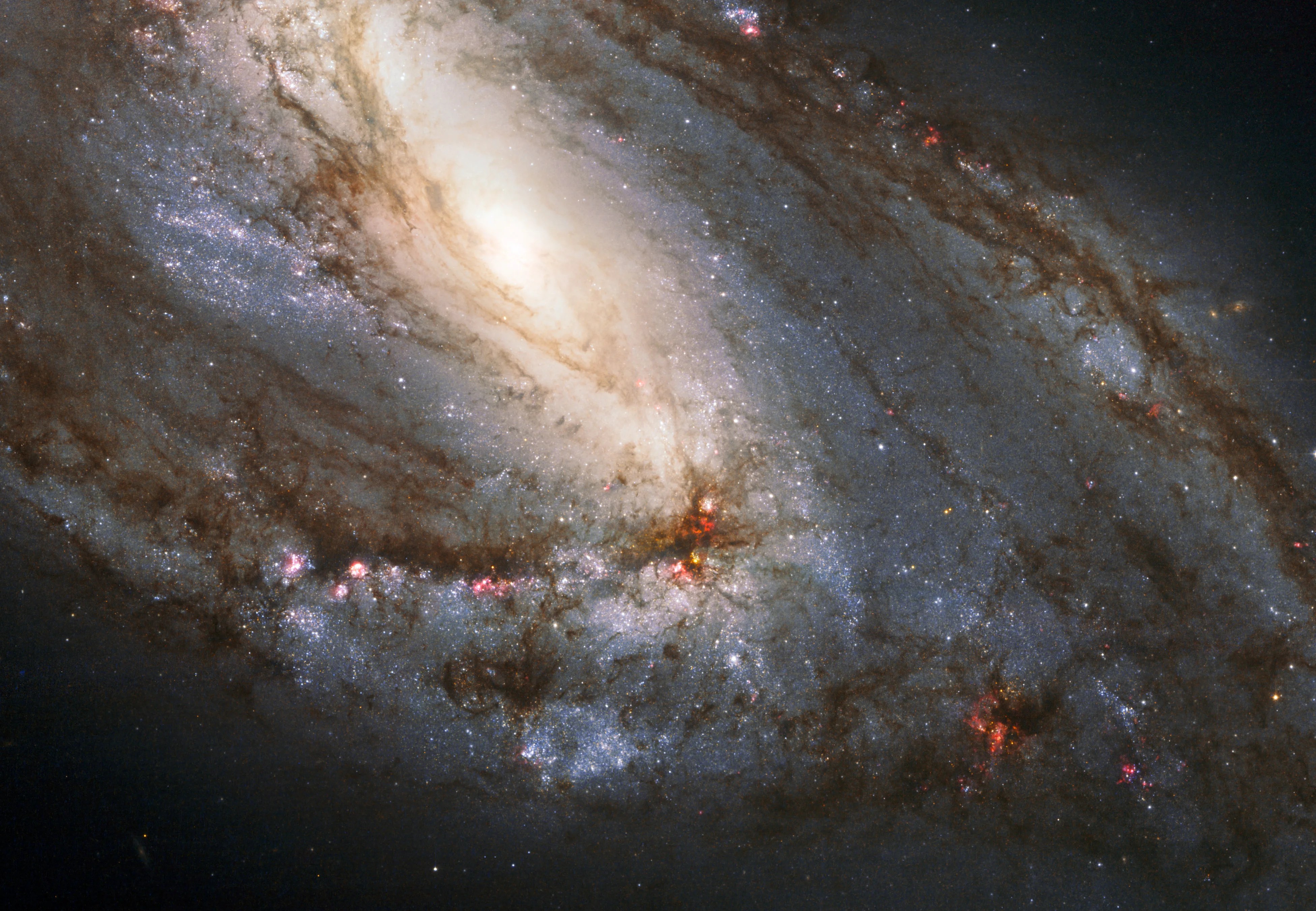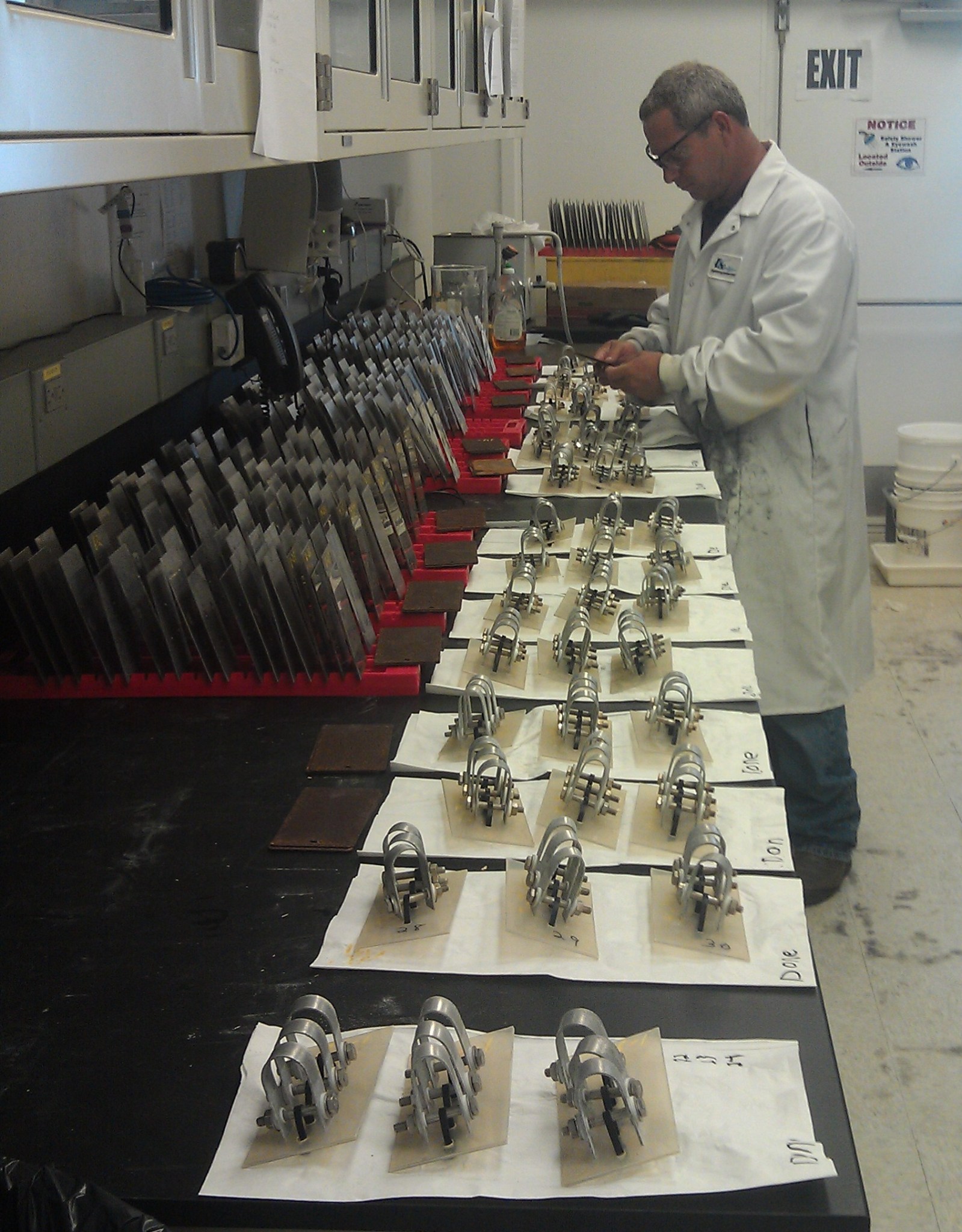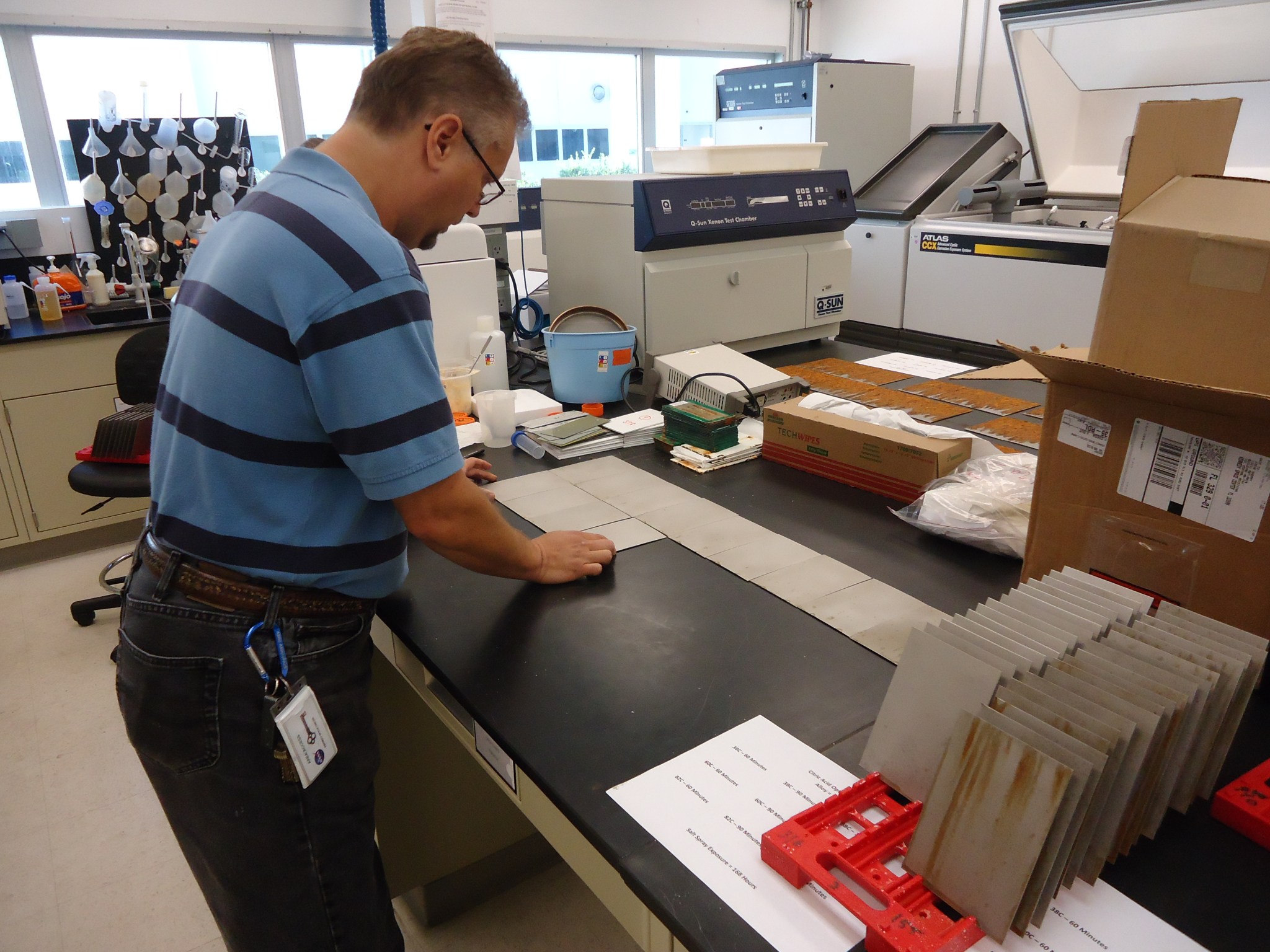Who would have thought that oranges and other citrus fruit would be good for more than eating? Now, the citric acid that these fruits contain also could be used to protect stainless steel equipment and structures at NASA’s Kennedy Space Center in Florida.
Corrosion of stainless steel is a major concern in Florida. The harsh salt environment has been well-documented to cause damage to many different kinds of metal and metal alloy surfaces along the space coast. One way to prevent corrosion of stainless steel is to create a protective barrier, using a chemical method referred to as passivation.
The Technology Evaluation for Environmental Risk Mitigation (TEERM) Principal Center in NASA’s Environmental Management Division has partnered with the Ground Systems Development and Operations (GSDO) program at Kennedy to investigate citric acid as an alternative to nitric acid for protecting a specific set of stainless steel alloys currently used in ground support equipment and structures, including pipes, at the center.
When compared to nitric acid, citric acid is safer to apply to metal surfaces, environmentally friendly, bio-based and can be a cost-saver.
“Citric acid does not remove the beneficial heavy metals from the surface of stainless steel like nitric acid can,” said Pattie Lewis, an engineer with ITB Inc. and manager of the TEERM coatings project. “These beneficial heavy metals are what give stainless steel its desirable qualities so we want to preserve them while creating an oxide layer to further inhibit corrosion.”
Phase I testing began in late 2012 and concluded in April 2014. Several different tests were completed on stainless steel samples in the Corrosion Technology Laboratory in the Operations and Checkout Building and the Beachside Atmospheric Test Facility at Kennedy.
During the first test, four of 10 different stainless steel alloys used at Kennedy, Stennis Space Center in Mississippi, Marshall Space Flight Center in Alabama, Wallops Flight Facility in Virginia and White Sands Test Facility in New Mexico were tested. Different alloys can require different conditions for optimum results; therefore, samples were studied for citric acid concentration, temperature and processing or dwell time. The samples were then tested for tensile adhesion which showed no issues.
Next, alloy samples treated with citric acid and nitric acid were placed at the beachside facility, about 150 feet from the Atlantic Ocean high-tide line, for 12 months to test for corrosion resistance with atmospheric exposure. At the end of the test cycle, the citric acid panels looked as good, if not better, than those treated with nitric acid.
During the final part of Phase I, the samples were tested for stress corrosion cracking. The alloy samples were bent to see how the citric acid reacted on the surface.
“We had very positive results with this test,” Lewis said. “There was no cracking on the surface of the samples treated with citric acid and exposed to the beach atmosphere.”
Phase II testing began in May 2013. The same four alloys used in Phase I were subjected to additional tests. Wet tape adhesion tests were completed in May 2014. The treated panels were scribed so that the coating was damaged all the way to the substrate. An adhesive tape was applied and a weight was used to ensure that it was fully adhered. Then the tape was pulled up to see if any of the coating came up with it. Currently, the samples are being tested in a salt-spray chamber in the corrosion lab.
Phase III will focus on the remaining six alloys, which will undergo the same testing as those performed on the first four alloys. Samples treated with citric acid were placed at the beachside facility in January 2014 for the atmospheric exposure test.
Hydrogen embrittlement is a process by which various metals, including high-strength steel, become brittle and fracture following exposure to hydrogen. Future testing will include hydrogen embrittlement, and fatigue testing that uses pressures to simulate use in areas where the metal is subjected to repeated stresses.
“We are pleased with the test results so far, and the fact that GSDO continues to be a strong supporter of these types of projects that align with Kennedy’s future development concept and Master Plan,” said Joni Richards, TEERM Program manager. “One of those goals is to work with partners to advance technologies that enable greener space launch and landing operations.”



























